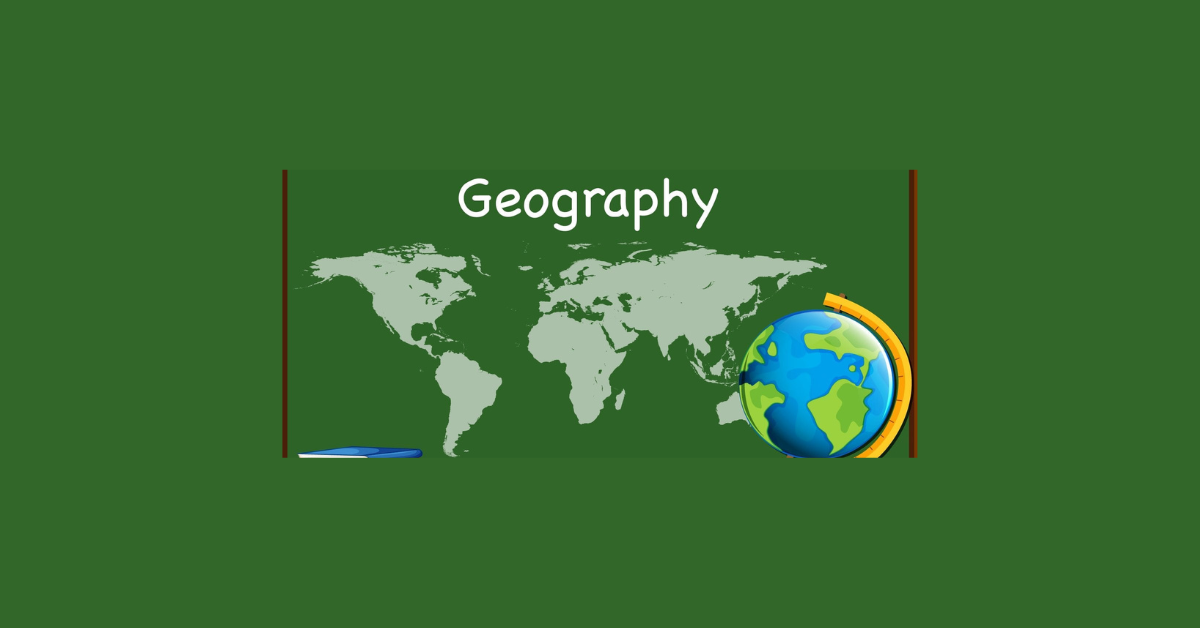Definition of a bet in geography
A bet in geography refers to the estimation or assumption made about a specific geographic phenomenon or event based on available information and knowledge. It is a prediction made by geographers to understand or explain a certain aspect of the Earth’s surface or processes that shape it.
Geographers use bets as a way to test their hypotheses or theories, allowing them to make informed decisions or interpretations about geographical phenomena. By making bets, geographers can make predictions about the behavior of natural systems, human activities, or environmental processes, which helps them analyze and understand the complexities of the world around us.
Purpose of using a bet in geography
A bet in geography serves as a valuable tool to enhance students’ understanding of spatial relationships and geographic concepts. By engaging in a bet, students are able to apply theoretical knowledge to real-world scenarios, fostering critical thinking skills and problem-solving abilities. This hands-on approach not only enriches the learning experience but also encourages active participation and engagement in the subject matter.
Furthermore, using bets in geography provides a platform for students to develop essential skills such as map interpretation, data analysis, and spatial reasoning. Through the process of making and testing hypotheses, students gain practical experience in conducting research and drawing conclusions based on evidence. This active learning methodology empowers students to explore geographic phenomena in a dynamic and interactive manner, ultimately deepening their comprehension of the interconnected nature of the world around them.
Different types of bets used in geography
Geography utilizes various types of bets to enhance understanding and analysis of spatial patterns and relationships. One common type is the Place Bet, which involves making predictions about the location of natural phenomena like earthquakes or the distribution of certain landforms. This type of bet helps geographers interpret the significance of specific geographic features in relation to one another.
Another type of bet frequently used in geography is the Movement Bet. This type involves predicting the direction, rate, or pattern of movement of people, goods, or natural elements across spatial areas. By analyzing movement patterns through bets, geographers can gain insights into migration trends, trade flows, and environmental changes over time.
Examples of bets in geography
The use of bets in geography provides a valuable tool for analyzing and studying various spatial phenomena. In physical geography, one common bet is the bet of erosion rates along a riverbank. By measuring the rate at which the river erodes its banks, geographers can gain insights into the long-term changes in the river’s path and its impact on the surrounding landscape.
In human geography, another example of a bet is the determination of migration patterns within a city. By tracking the movement of people from one neighborhood to another over a specific period, geographers can identify trends in population shifts, economic activities, and social dynamics. These examples demonstrate how bets can offer a practical and effective approach for exploring geographic processes and patterns.
Benefits of using bets in geography
Using bets in geography provides students with a hands-on approach to learning that enhances their understanding of geographical concepts. Engaging in bets allows students to apply theoretical knowledge to real-world scenarios, fostering critical thinking skills and problem-solving abilities. Through the practical application of geographical concepts, students develop a deeper appreciation for the subject and gain a more holistic understanding of the world around them.
Furthermore, using bets in geography encourages collaboration and teamwork among students. By working together to analyze, interpret, and make decisions based on geographic data, students learn to communicate effectively, listen to diverse perspectives, and compromise when necessary. This collaborative learning environment not only enhances students’ understanding of geographical concepts but also prepares them for future academic and professional endeavors that require effective teamwork and communication skills.















